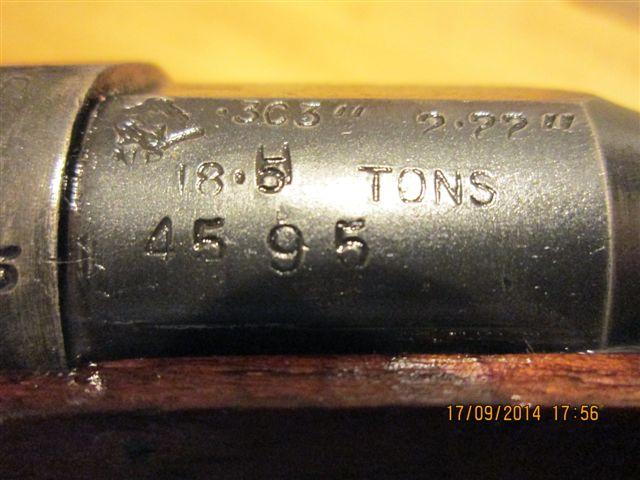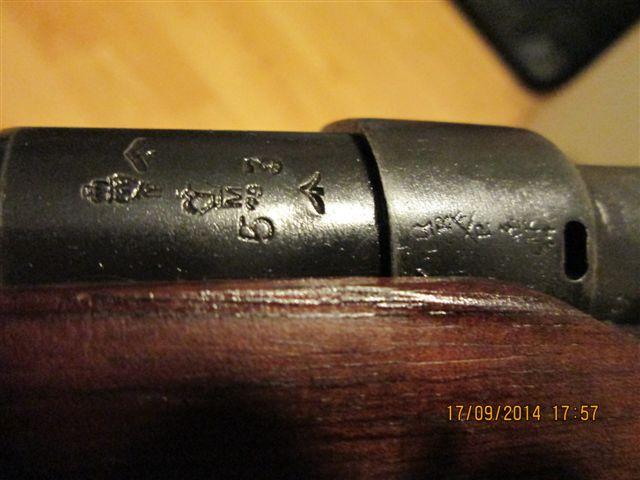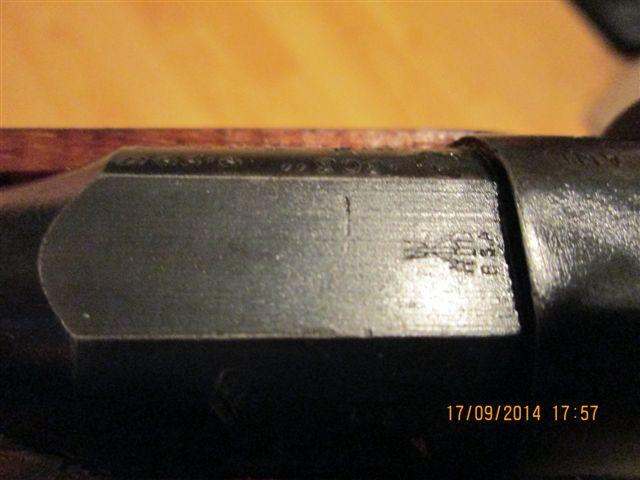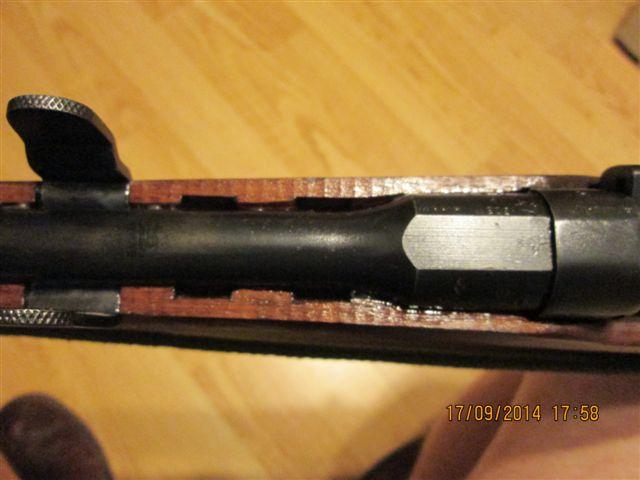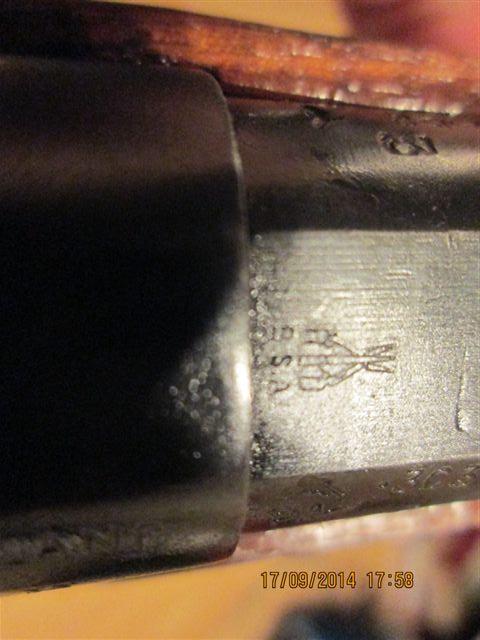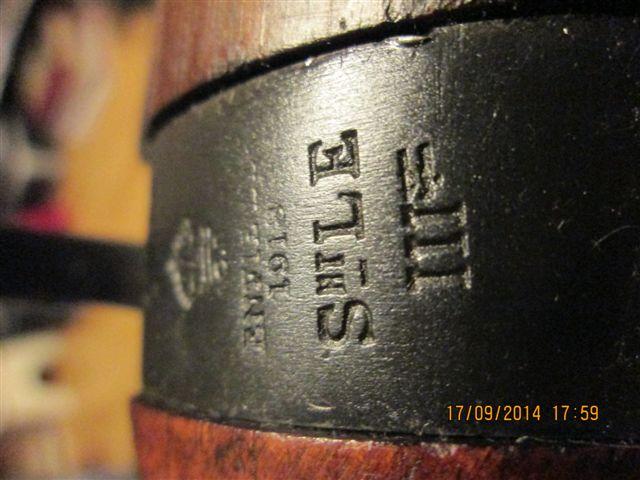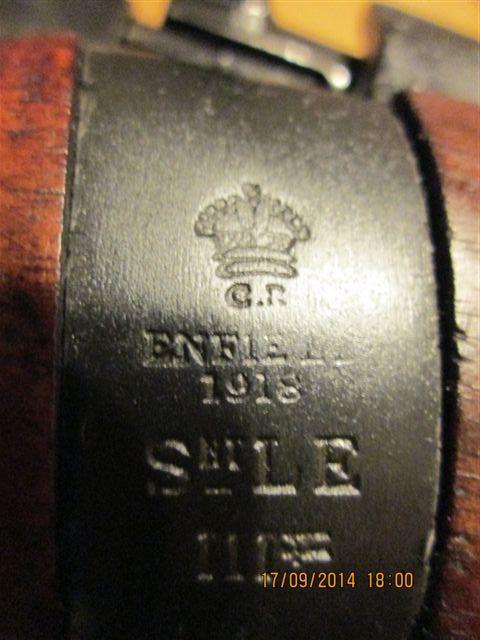-
FREE MEMBER
NO Posting or PM's Allowed

1918 Enfield Small Arms Factory made SMLE No.1 Mk.III* converted back to No.1 Mk.III
-
09-16-2014 01:46 PM
# ADS
Friends and Sponsors

-
I'm not sure that the numbers/letters on the bolt and nose are those put there at Enfield! Look far, far to modern format to me.......... Others might have other views
-
-
-
FREE MEMBER
NO Posting or PM's Allowed

Interesting, how about the stock stamp below the front bayonet boss? I think the rifle was refitted with the mag cutoff and new stock in 1944, maybe they fitted a new bolt and nose cap at that time, as there appears to be a 44 proof stamp on the left side of the receiver.
I'm not sure that the numbers/letters on the bolt and nose are those put there at Enfield! Look far, far to modern format to me.......... Others might have other views
-
Legacy Member

owengun: Interesting rifle. Have you pulled the wood off to look at the markings on the barrel? Quite a history of trips back to the factory in evidence on the left cheek. I'm pretty sure they wouldn't re-proof for a bolt change (which was often done by field armourers) so maybe the barrel was replaced. You mention blueing but in the photos, to my eye, it looks like some kind of parkerizing. Maybe some more knowledgible type can comment on parkerizing during refurb in Great Britain . Finally, weren't '18 Enfield SMLE's manufactured without cutoff slot? That leads to another question: were cutoff slots milled in Factory repair post WW1? Is there any chance the original date is 1916? Threads like this are great as they usually help me ratchet my way a tiny little bit further up the learning curve.
. Finally, weren't '18 Enfield SMLE's manufactured without cutoff slot? That leads to another question: were cutoff slots milled in Factory repair post WW1? Is there any chance the original date is 1916? Threads like this are great as they usually help me ratchet my way a tiny little bit further up the learning curve.
Ridolpho
Last edited by Ridolpho; 09-16-2014 at 04:42 PM.
-
-
FREE MEMBER
NO Posting or PM's Allowed


Originally Posted by
Ridolpho

owengun: Interesting rifle. Have you pulled the wood off to look at the markings on the barrel? Quite a history of trips back to the factory in evidence on the left cheek. I'm pretty sure they wouldn't re-proof for a bolt change (which was often done by field armourers) so maybe the barrel was replaced. You mention blueing but in the photos, to my eye, it looks like some kind of parkerizing. Maybe some more knowledgible type can comment on parkerizing during refurb in Great Britain. Finally, weren't '18 Enfield SMLE's manufactured without cutoff slot? That leads to another question: were cutoff slots milled in Factory repair post WW1? Is there any chance the original date is 1916? Threads like this are great as they usually help me ratchet my way a tiny little bit further up the learning curve.
Ridolpho
I haven't taken any of the wood off yet but will take the top wood off the rear of the barrel and take some more pictures.
From what I have always understood was that the original metal finish on the British military issue, WWI-era SMLEs was just the black oil quenched surface treatment finish and not the high gloss rust bluing of their commercial versions. Parkerising is more of a rough and grey treatment that was done during WW2.
military issue, WWI-era SMLEs was just the black oil quenched surface treatment finish and not the high gloss rust bluing of their commercial versions. Parkerising is more of a rough and grey treatment that was done during WW2.
It is indeed clearly 1918 dated on the socket, some manufacturers were still milling the slot for the mag cutoff after they were omitted with the Mk.III* model but post WW1 they went back to using them until they settled on the No.4 Mk.1 rifles. Even some of the very first No.4's had mag cutoffs fitted.
-
FREE MEMBER
NO Posting or PM's Allowed

-
Legacy Member

I don't think that finish is original 1918, it looks to me like its been bead blasted, the finish is very rough, and in my experience sight leaves were left bright. The bolt and nose cap stampings look a bit light and fresh to me as well. The clincher for me is the tip of the for end near the piling swivel has no serial number, a properly matching SMLE has a SN there.
The woodwork looks to me like the Late/Post WW2 SMLE spare woodwork produced by RSAF Enfield and is the only new old stock wood on the market for SMLE's
A recent post mentioned that the Indian army re installed cutoffs in to Sht Le III's RSAF Enfield certainly was not using cutoffs in 1918 and the supply of old actions would have bee used up by then.
The British liked their bayonets bright too, so the sun glinting off them would strike fear in their foe. (at least one ww1 attack was made at sunrise rather than first light because of this)
liked their bayonets bright too, so the sun glinting off them would strike fear in their foe. (at least one ww1 attack was made at sunrise rather than first light because of this)
My 2c is that it has been refurbished in civilian life from a sporter with a load of new parts on it. but saying that, it has been beautifully done and i'd be happy to have it in my safe as its about as close to having a new SMLE as you can get. And as one of our Gurus say, with Enfields anything is possible.
Added.
Thats a BSA commercial barrel not a military issue, (you could buy a BSA SMLE from any outfitters for may years)
The 5's on the barrel have curved tops the ones on the nose cap and bolt don't.
Last edited by Roy; 09-16-2014 at 07:10 PM.
Keep Calm
and
Fix Bayonets
-
-
FREE MEMBER
NO Posting or PM's Allowed


Originally Posted by
Roy

I don't think that finish is original 1918, it looks to me like its been bead blasted, the finish is very rough, and in my experience sight leaves were left bright. The bolt and nose cap stampings look a bit light and fresh to me as well. The clincher for me is the tip of the for end near the piling swivel has no serial number, a properly matching SMLE has a SN there.
The woodwork looks to me like the Late/Post WW2 SMLE spare woodwork produced by RSAF Enfield and is the only new old stock wood on the market for SMLE's
A recent post mentioned that the Indian army re installed cutoffs in to Sht Le III's RSAF Enfield certainly was not using cutoffs in 1918 and the supply of old actions would have bee used up by then.
The
British
liked their bayonets bright too, so the sun glinting off them would strike fear in their foe. (at least one ww1 attack was made at sunrise rather than first light because of this)
My 2c is that it has been refurbished in civilian life from a sporter with a load of new parts on it. but saying that, it has been beautifully done and i'd be happy to have it in my safe as its about as close to having a new SMLE as you can get. And as one of our Gurus say, with Enfields anything is possible.
Added.
Thats a BSA commercial barrel not a military issue, (you could buy a BSA SMLE from any outfitters for may years)
The 5's on the barrel have curved tops the ones on the nose cap and bolt don't.
Thank you for your very informative post, this is why I posted pictures of it so those far more knowledgeable than myself may enlighten myself with their vast knowledge, and yes it is a very nice rifle.
Can you please explain why BSA would stamp a commercial barrel with the military broad arrow/crows foot marking?
The Broad Arrow
-
FREE MEMBER
NO Posting or PM's Allowed

The last posters well thought out explanations leaves me with more questions than answers, so as a follow up to my last, was enfield still making and using late/post WW2 fore end wood with provision for the mag cutoff? I would have thought that they would have been making only wood work to cover up the slot as it was implied they did not use this feature anymore and only the Indians did?
Does this rifle look bead blasted to others like the above poster says? it appears finely and smooth finished to me, but I'm not a authority on these rifles by any means.
-
Legacy Member

Well spotted Owengun, yes that is a military broad arrow on a BSA commercial barrel, something I have not seen before. RSAF Enfield were making spare woodwork with provision for the mag cutoff so that it would fit any model of SMLE, Even in 1940 BSA were using cutoffs, the elimination of the cutoff was a WW1 concession and was to be resumed once the war was over. 1940 BSA No1 MK III - Pre-dispersal? is a rifle to compare yours to. I do note the commercial BSA mark. With enfields you are always learning.
Keep Calm
and
Fix Bayonets
-
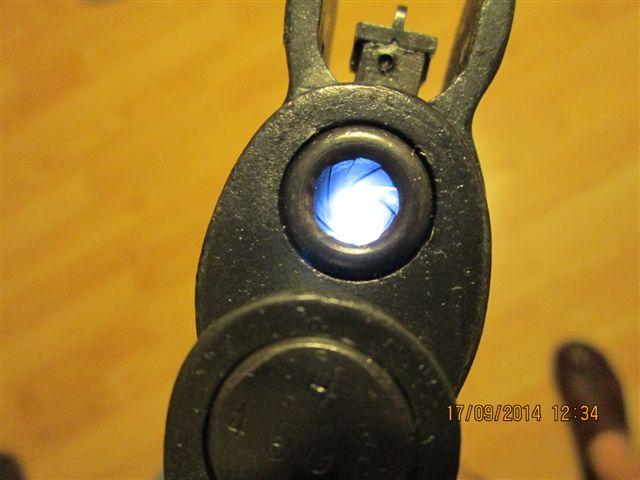 Information
Information














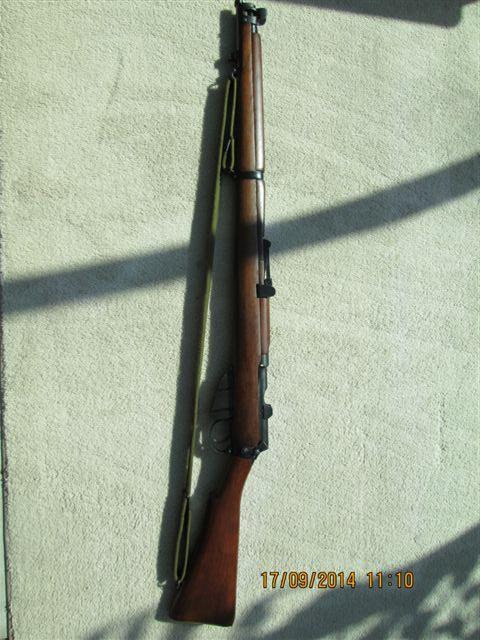
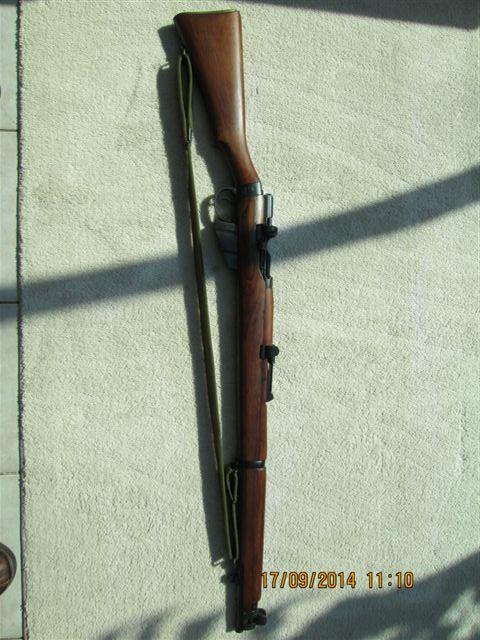
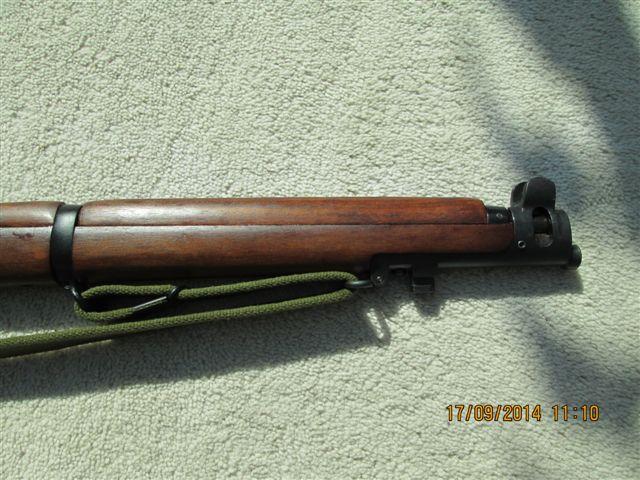
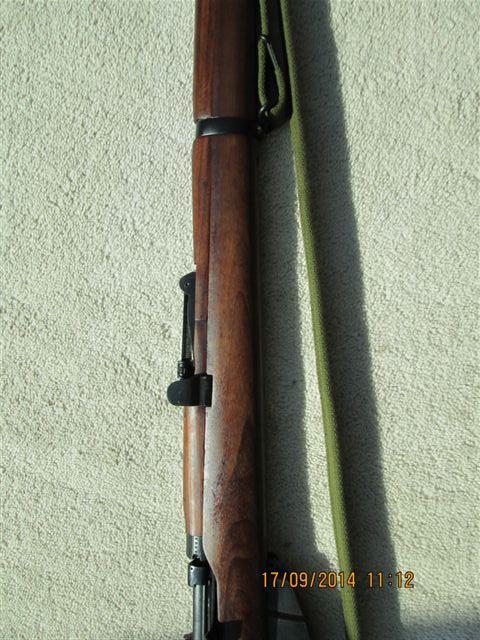
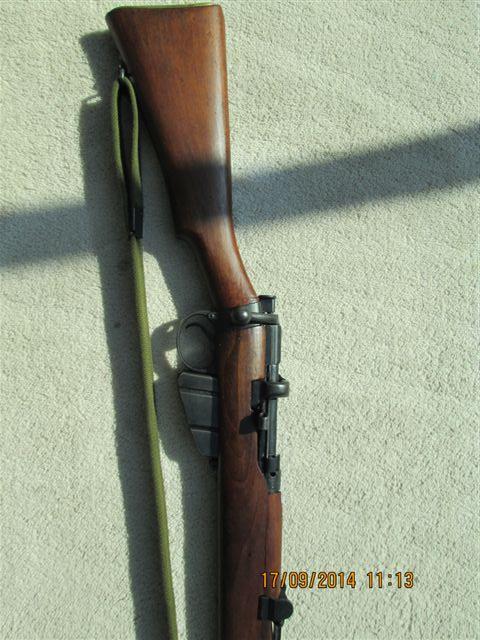
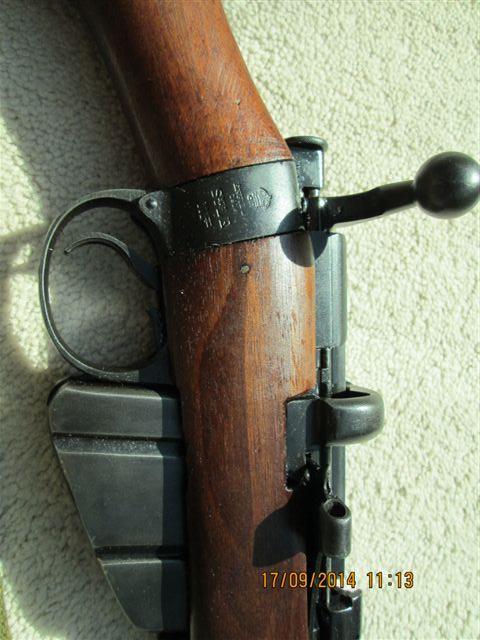
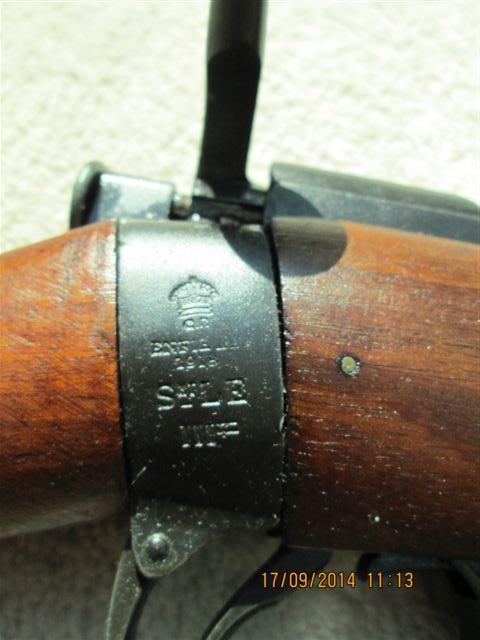
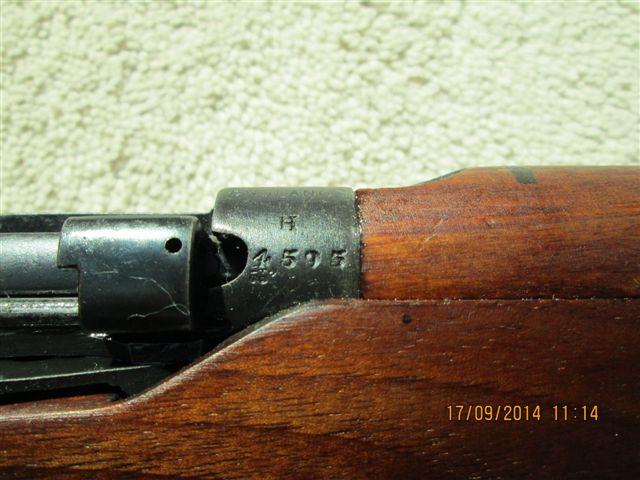
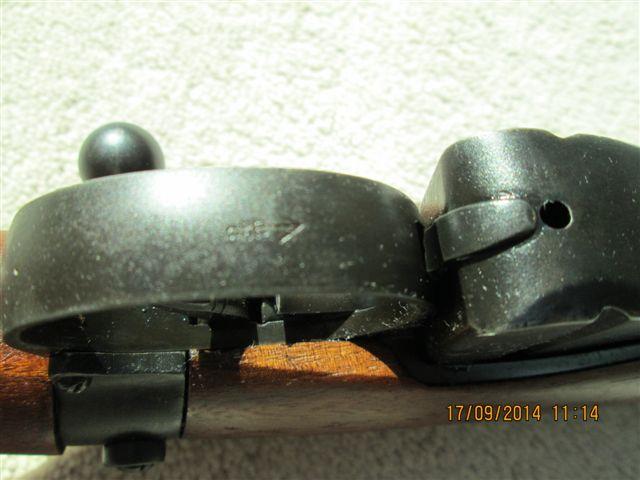
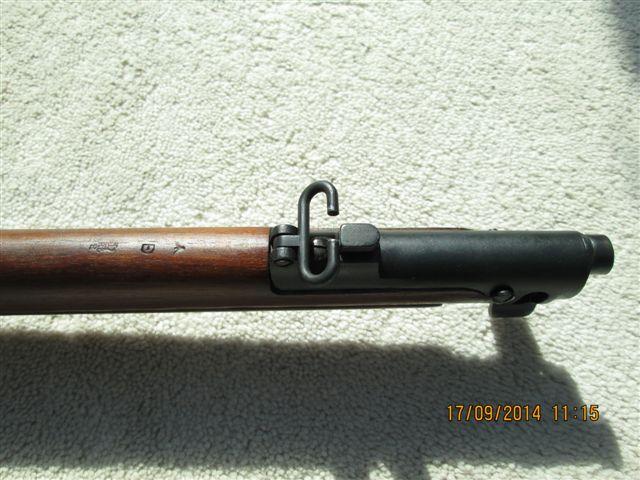
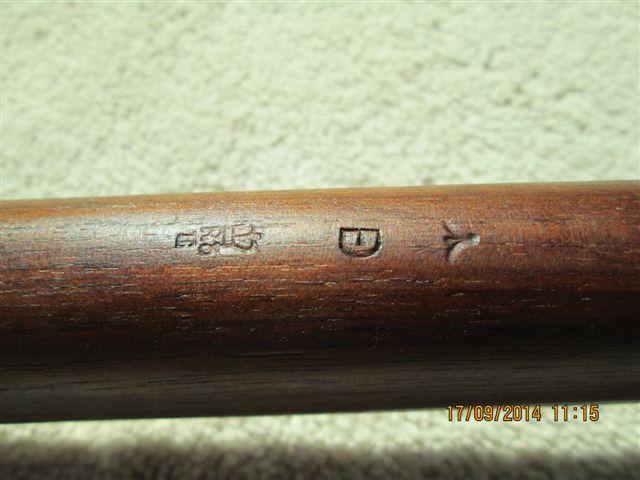
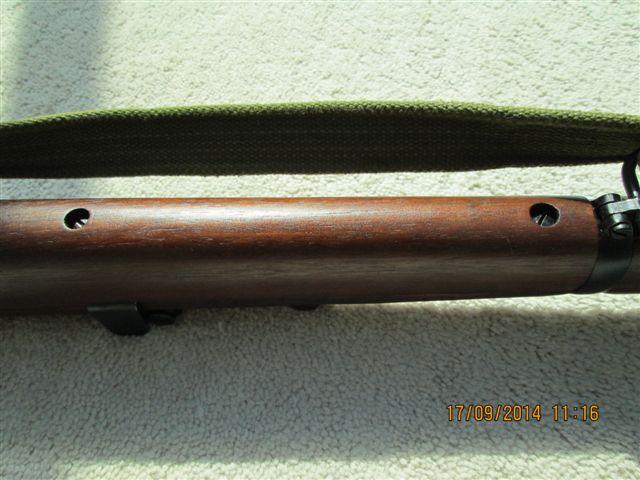
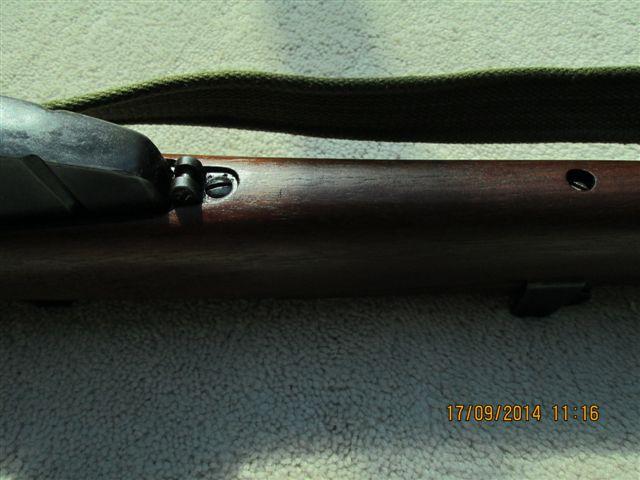
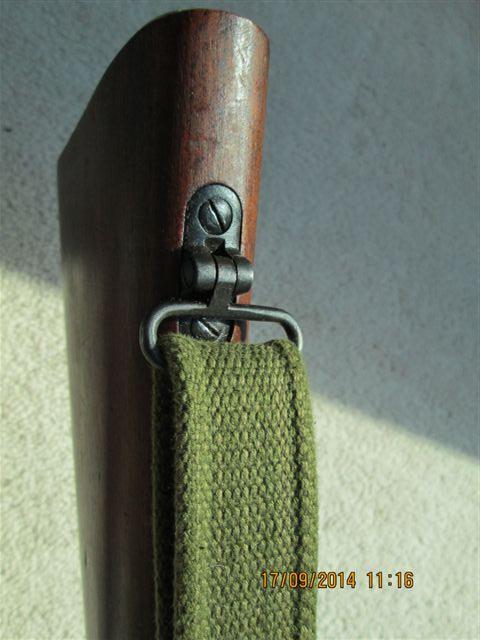
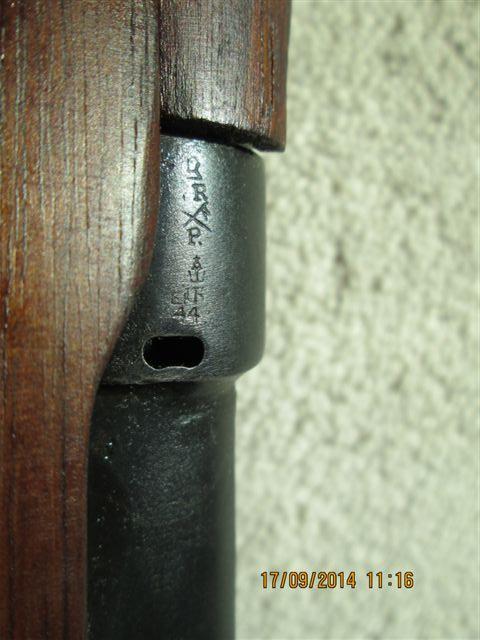
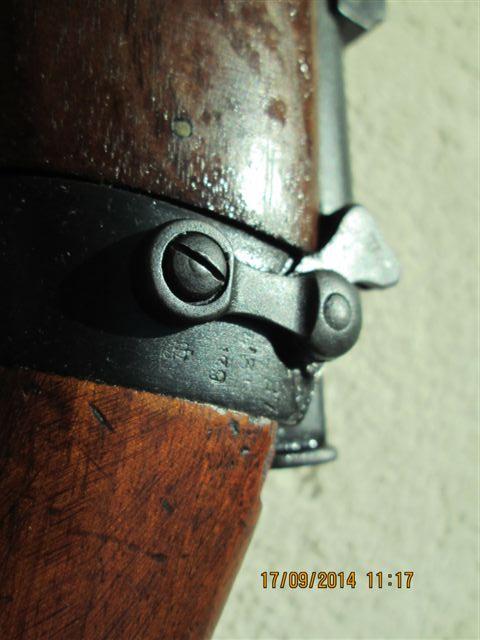
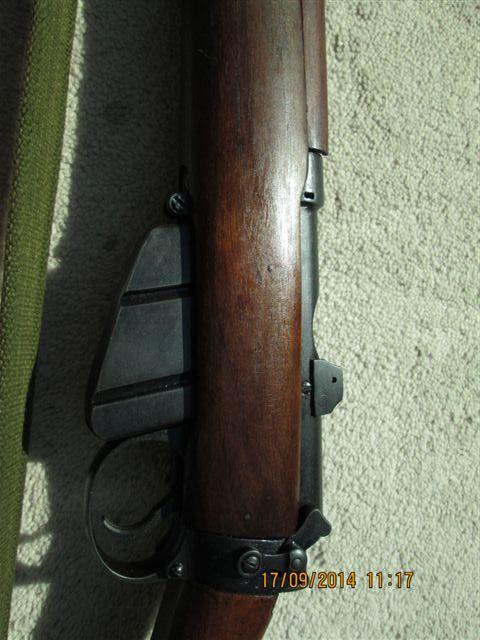
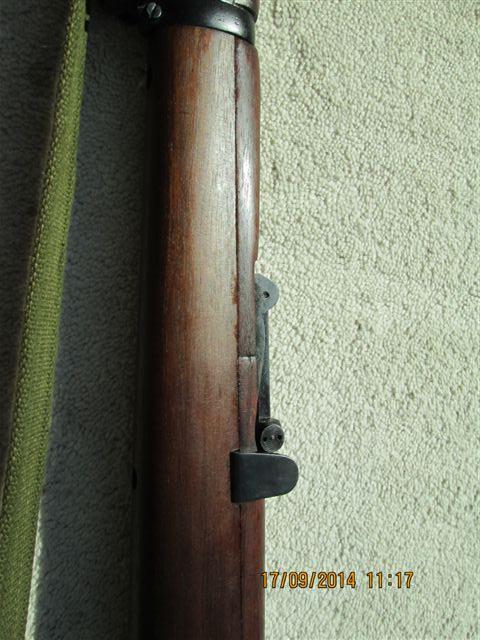
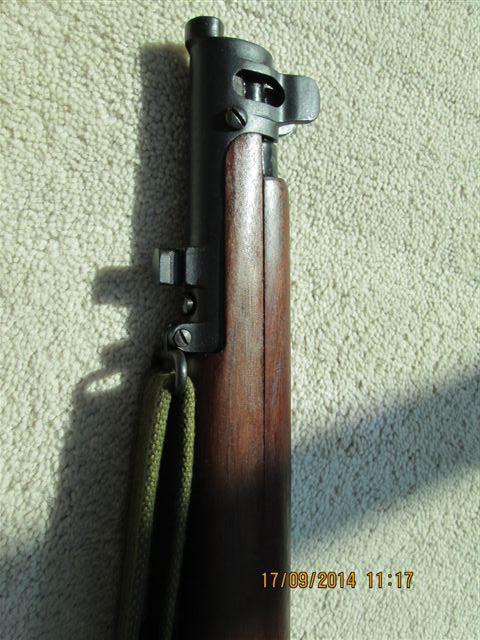
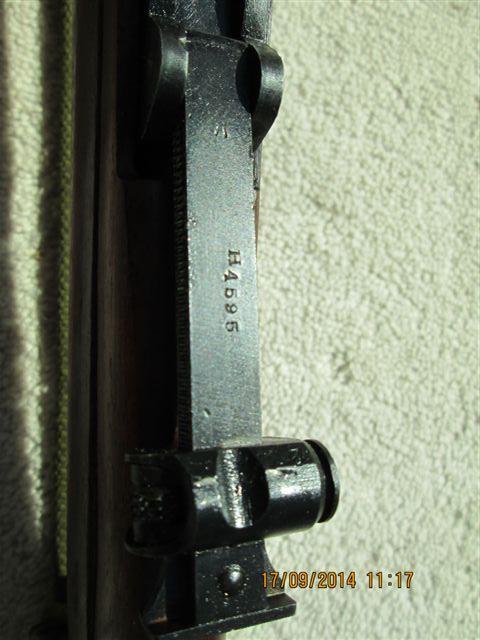
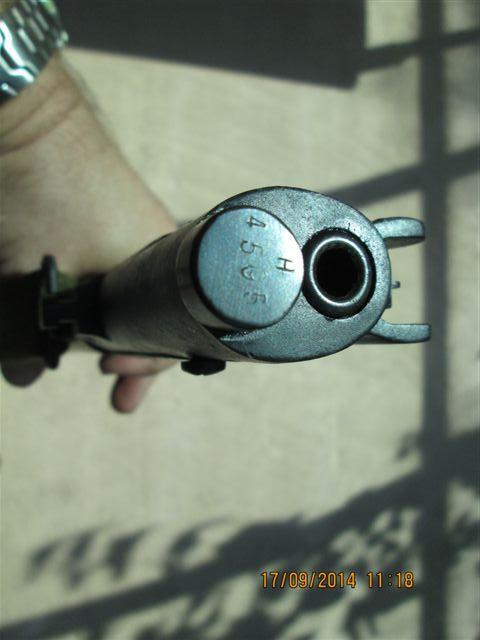
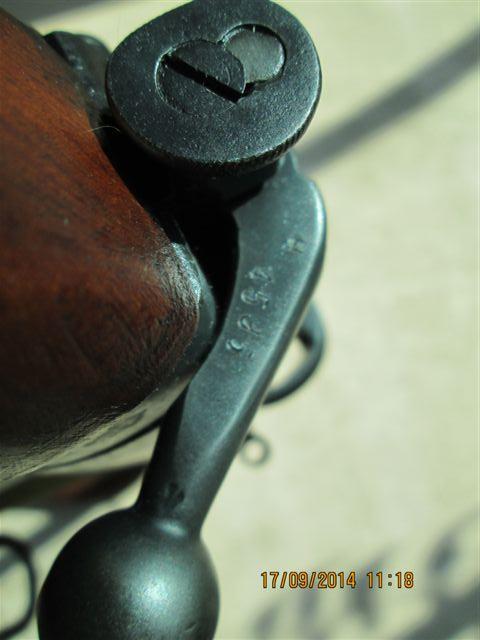
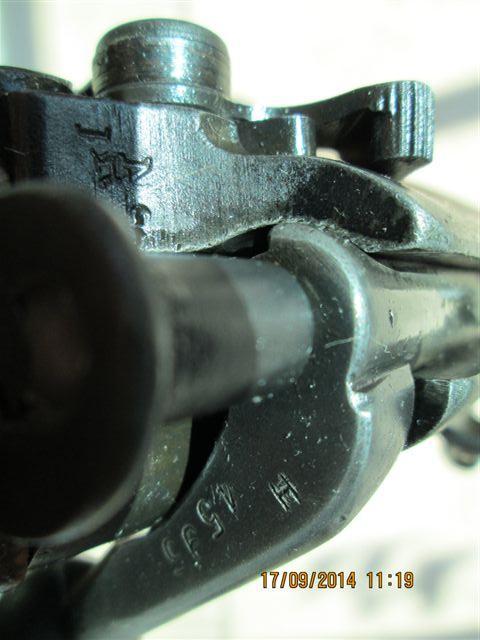
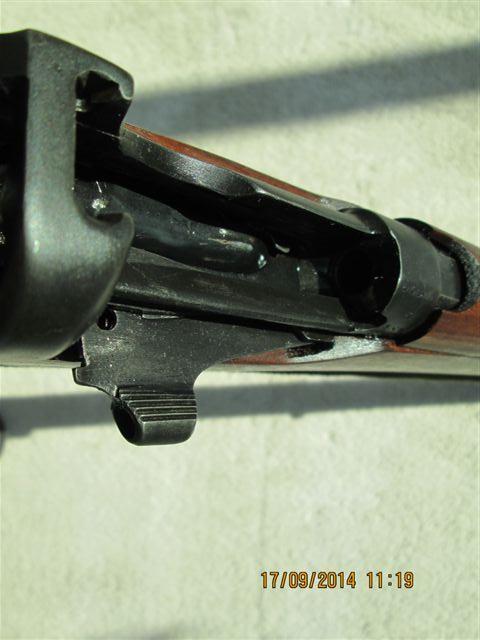
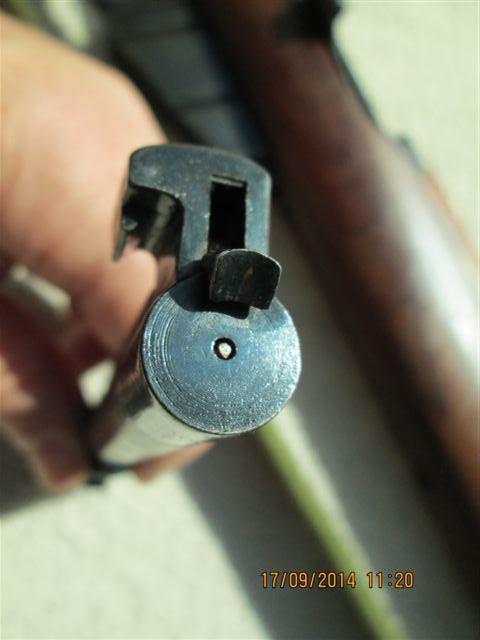
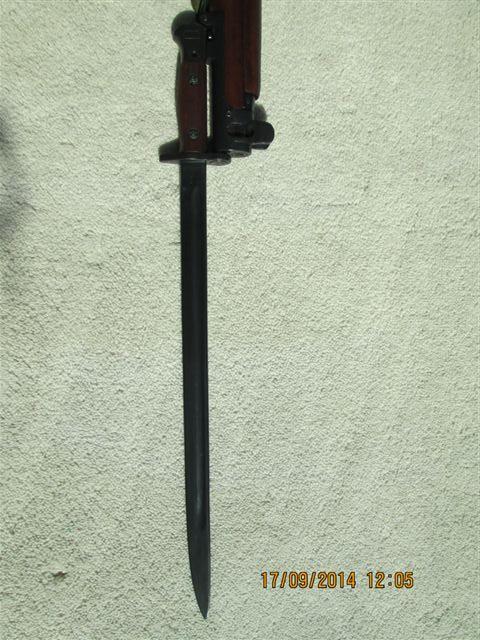
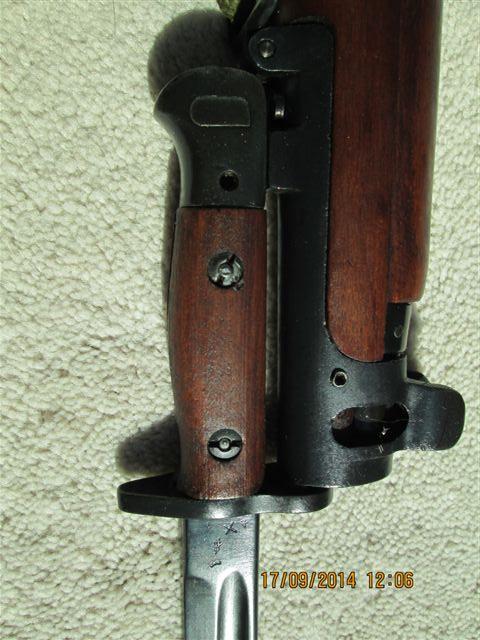
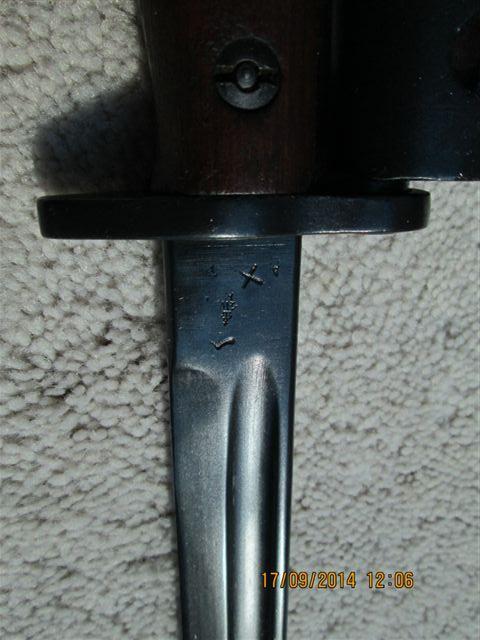
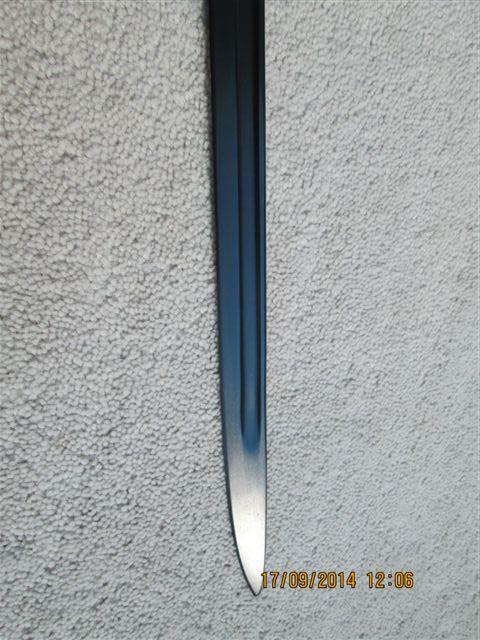
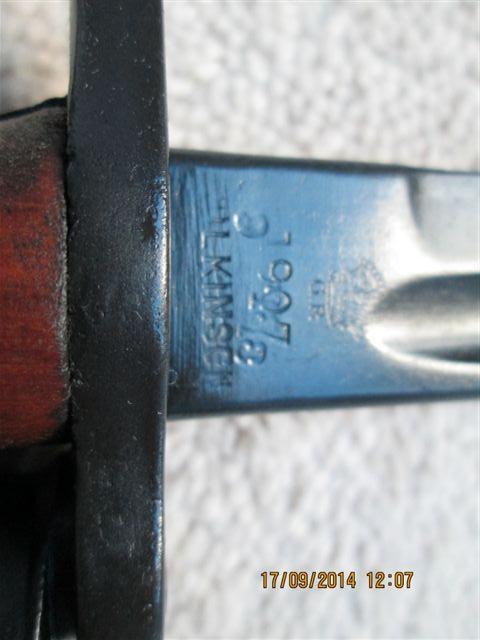
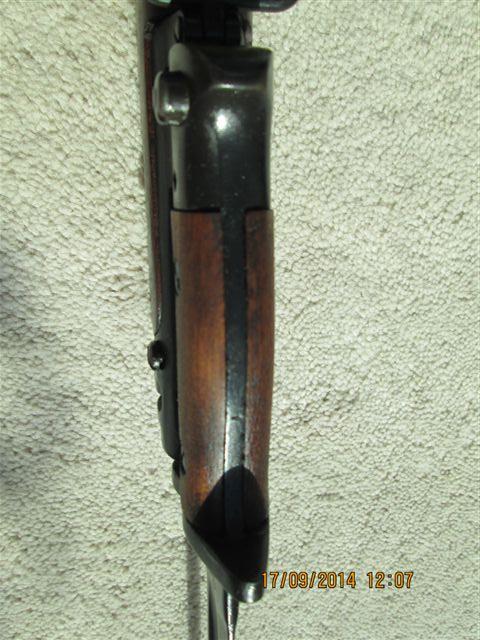
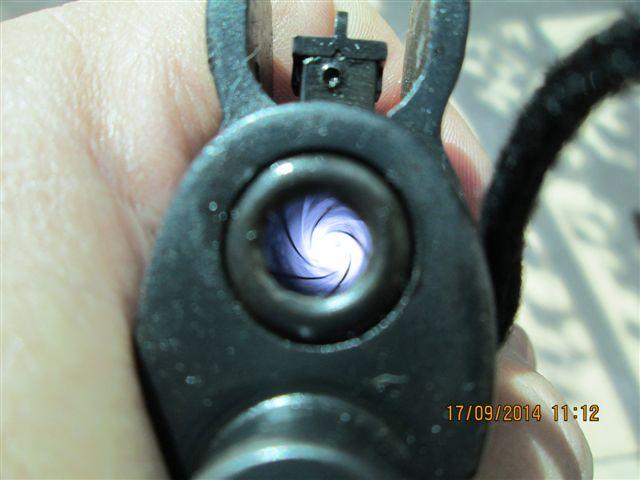
 Register To Reply
Register To Reply











